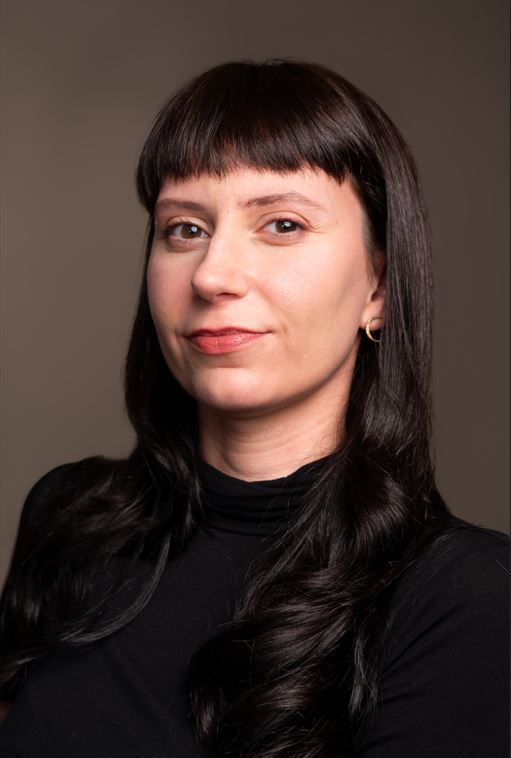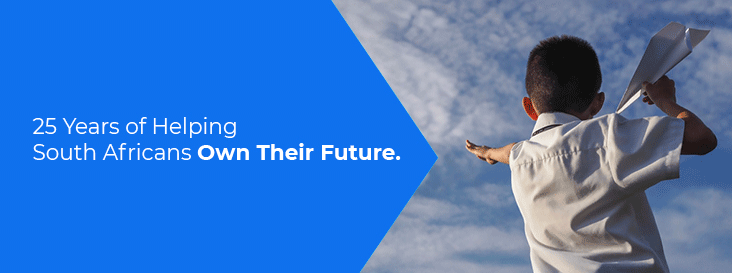There’s a secret economy that turns movie props into million-dollar billboards.
Every movie has its stars – the leading man or lady, the love interest, the plucky sidekick. But look closely and you’ll notice another recurring cast member quietly stealing scenes: the brands.
Cars, laptops, beers, trainers, blenders – all playing their supporting roles in the background of our favourite stories. Sometimes they strut across the screen in slow motion, like a Lexus cruising down the coast at sunset. Other times, they lurk unnoticed, like a casual takeaway coffee cup on a counter, a phone glowing in a hero’s hand, a beer that just happens to be facing the camera.
These moments might look incidental, but they’re anything but. Behind every branded bottle cap and badge is a negotiation, an invoice, or at the very least, a very enthusiastic email chain between a prop master and a marketing executive.
Hollywood’s most expensive extras
Let’s start with the blockbuster stuff – the product placements that cost more than the average indie film.
Harley-Davidson once spent around $10 million to get its new electric motorcycle a spot in Avengers: Age of Ultron, presumably because nothing says “eco-friendly” like a superhero on a high-voltage bike. Heineken forked over $45 million for a brief but memorable moment in Skyfall, where James Bond swaps his signature martini for a cold beer. The deal went beyond screen time to include permission for Heineken to make ads starring Daniel Craig himself.
Then there’s the long-running arms race between luxury car brands to secure the 007 garage. BMW held the crown throughout the 1990s, spending around $110 million across three films before Aston Martin outbid them with a $140 million deal for Die Another Day. And in 2013, Man of Steel practically turned Superman’s cape into a billboard. More than 100 brands including Nokia, Gillette, and Carl’s Jr. paid a collective $160 million to be part of the reboot.
Big money, big egos, big exposure. And yet, most product placements in film don’t involve any money at all.
The box office barter system
We already know that making movies is expensive. Really expensive. A typical studio production costs around $65 million, and that’s before marketing or distribution. Props, costumes, and set dressing eat up huge chunks of that budget – and that’s where brands come in.
Property masters (the unsung heroes who make sure every gun, gadget, and gadget holder looks authentic on screen) are always hunting for ways to stretch their budgets. And that’s the basis for something called “corporate generosity”.
In many cases, studios simply borrow real products from real companies in exchange for a bit of screen time. No cheques, no contracts, just mutual benefit. The film gets realism and savings, and the brand gets a cameo in front of millions.
Some of cinema’s most famous product placements were (surprisingly) unpaid:
- Reese’s Pieces only ended up in E.T. because M&M’s turned Spielberg down (apparently out of fear that the titular alien would scare their target audience – kids). M&M’s blunder became Reese’s win, as sales of Reese’s candy shot up 65% during the film’s opening week.
- Ray-Ban didn’t pay for its iconic appearances in Risky Business and Top Gun – yet both films sent its Wayfarer sales soaring from 18,000 to 360,000 pairs.
- Google didn’t just get free inclusion in The Internship (a movie about working at Google), it also got editorial control to shape how its offices and culture were portrayed. All that without paying a cent!
- And while action franchises like Fast & Furious have made careers out of obliterating cars, many of those vehicles were provided (or at least heavily discounted) by the manufacturers themselves. Across its first seven films, the series destroyed around 1,487 cars, which is a theoretical $30 million in automotive carnage.
The agents behind the appliances
Of course, not every blender gets to flirt with fame. Hollywood is flooded with products vying for a spot in the background, and most don’t make the cut. To improve their odds, many brands hire product placement agencies, which are the equivalent of professional Hollywood matchmakers who introduce brands to productions and broker deals.
A typical arrangement goes something like this: a company pays an annual fee (anywhere from $40,000 to $300,000, depending on ambition). In return, the agency pitches the brand to prop masters, set decorators, and stylists, all while combing through scripts to spot potential fits. Need a tech brand for your sci-fi thriller? They’ve got options. A luxury car for your billionaire villain? Done. A specific brand of kitchen mixer for your holiday romance movie set in a bakery in 1960s suburbia? They’ll find one.
It’s all about context and character. The right product has to feel natural, not forced. Nobody wants their high-end watch on the wrist of a serial killer unless it’s a horror franchise with a sequel clause. Apple famously has a rule that their phones can never be used by villains on screen – so if you’re watching a murder mystery and trying to figure out whodunnit, you can cross the iPhone users off your list.
Some companies skip the middlemen altogether. Dell, for instance, started managing its own placements two decades ago by cold-calling Hollywood studios and building relationships directly. The strategy worked: in 2020 alone, Dell appeared in 19 films, including Bad Boys for Life, where it racked up over five minutes of screen time and roughly $8.5 million worth of ad value.
But are product placements worth all this effort?
In short: absolutely.
When Toy Story came out, Etch A Sketch sales jumped by as much as 4,500%. And when the Chevy Camaro starred as Bumblebee in Transformers in 2007, it single-handedly revived a struggling car model that had been gathering dust in showrooms.
Academic studies back this up – product placement can boost brand awareness by around 20%, increase positive associations, and drive higher purchase intent. People remember what they see on screen, even if they don’t consciously register it. That’s the real magic of product placement. It doesn’t feel like advertising (unless it’s really overt). It’s ambient marketing. The brand becomes part of the story’s texture, absorbed through osmosis rather than shouted through a megaphone.
Of course, subtlety is everything. Done well, product placement makes a film feel authentic. Done badly, it feels like an ad break with better lighting. When James Bond cracks open a beer mid-action sequence, it’s clever branding. When a character dramatically praises their laptop’s processing speed, it’s cringe. Viewers are surprisingly sensitive to that balance – they’ll forgive a logo, but not a sales pitch.
The future of on-screen advertising
As traditional advertising gets easier to skip — blocked, muted, scrolled past — brands are getting smarter about where they hide. Product placement offers something rare: undivided attention. You can’t fast-forward through a logo if it’s stitched into the plot.
In the end, product placement is less about selling objects and more about selling associations. Brands borrow the halo of Hollywood – the glamour, excitement, and emotional resonance – and in return, films borrow a bit of real-world texture.
It’s a fine dance between art and commerce, and when it works, both partners look good.
Ghostly editor’s note: my Ray-Bans have nothing to do with Top Gun, ok? Nothing. Absolutely nothing at all. I deny it.
About the author: Dominique Olivier

Dominique Olivier is the founder of human.writer, where she uses her love of storytelling and ideation to help brands solve problems.
She is a weekly columnist in Ghost Mail and collaborates with The Finance Ghost on Ghost Mail Weekender, a Sunday publication designed to help you be more interesting. She now also writes a regular column for Daily Maverick.
Dominique can be reached on LinkedIn here.





It’s amazing how much time and effort is placed into making a product placement as “natural” as possible as that is where the most impact is felt. Consumers are preferring authenticity over manufactured subtlety. I’m reminded of the recent Stanley cup craze when the company’s tumbler managed to keep its ice frozen even after being in a burning car. Talk about a viral moment! https://shortyawards.com/16th/the-car-that-set-stanley-on-fire